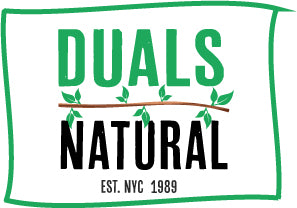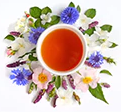

Description
Native to India, moringa oleifera is used in a variety of dishes there. The lumber from the moringa tree is used to make building materials, and the moringa leaf has been a source of nutrition for countless years. Because of their nutritional importance, moringa leaves, seed pods, and roots are frequently consumed. The leaf is commonly steeped as moringa tea and is widely used in Ayurveda.
The moringa tree has been used for thousands of years in India for a variety of purposes, including food, building materials, and therapeutic benefits. Because every branch of this "wonder tree" has a purpose, it is genuinely miraculous. In traditional Indian and Middle Eastern medical systems, Ayurveda and Unani, the roots, stems, leaves, seed pods, resin, and flowers are regarded as medicinal plants. Due to their nutritious richness, the leaves and seed pods are now widely used, and recent studies are looking into their immense potential. Drumsticktree, West Indian Ben, Muringa (Tamil), Jacinto (Spanish), Sahijan or Munaga (Hindi), and Shigru or shobhanjana are among more frequent names (Ayurvedic).
The moringa plant is indigenous to the sub-Himalayan mountain range, mainly in India. It has since been brought to Madagascar, the Philippines, southwest and northeast Africa, southwest Asia, and California, Arizona, Hawaii, and Florida in the United States. This tree belongs to the Caricaceae family, which also includes the papaya-containing Moringaceae, also known as the horseradish tree. It is the only genus and has thirteen species, one of which is the native and widely cultivated M. stenopetala of Africa.
The phrase "murungai," which means "twisted pod," is taken from the Tamil language, which is prevalent in southern India and northeast Sri Lanka. The Latin word "oleifera," which refers to the high oil content of the seeds, means "oil-bearing."
One of the most widely grown food plants in the world, moringa is drought tolerant and thrives in semi-arid, tropical, and subtropical climates. It is grown in the Philippines, the Caribbean, Africa, India, and Pakistan. Additionally, it is grown in a number of Central and South American nations because to its ease of cultivation and significant market potential, perhaps offering a substitute for deforestation. Additionally, it is widely grown in African nations to feed their own undernourished people.
There are stories of the moringa tree being used by the ancient Greeks, Romans, and Egyptians. It is thought that the moringa tree originated in northern India and was being used in Indian medicine some 5,000 years ago. This tree is known by various names, including "The Wonder Tree," "The Divine Tree," and "The Miracle Tree," and was once and is now regarded as a panacea. Ayurveda made significant use of moringa, and almost all of its components were thought to have medicinal use. It was used as a cooking additive, to support the health of the spleen, eyes, and digestion, among many other things. Its energetics are heating, and its effects on the dosha (Ayurvedic constitutional type) are balancing to Kapha (dosha dominated by earth and water) and Vata. Its flavor was thought to be bitter and pungent (dosha ruled by air and ether). The leaf is regarded as having bitter, pungent, and hot energy properties.
The entire tree has been utilized to prevent erosion and as building material for shelter. The seed contains a lot of oil, and the fibers that are left over after the oil is extracted are among the best flocculants (agents that clarify water) that are obtained from plants. Additionally, the roots are used as a condiment because it is thought that they taste like horseradish. The flowers are also included in omelets. The leaves are powdered and dried and added to recipes and infant formula because of their extraordinarily high nutritional value. The leaf is used to create a beverage, either as a traditional tea or as a kind of dried leaf juice that has been reconstituted. The immature seed pods, also referred to as drumsticks, are consumed like asparagus in India. In South America, plants are sprayed with a nutrient-rich mixture created from the leaves in order to increase maize yields.
Moringa is grown in nations where between 5% and 35% of the populace is undernourished. According to Trees for Life, an organization that works to feed undernourished populations "Surprisingly, moringa may be found growing in subtropical regions, where hunger is most common. It was as though folks were oblivious to the goldmine in their backyards." Many organizations advocate for the growth of moringa for individual use in impoverished nations. They advise that each person plant two or three trees in their garden to combat malnutrition and lessen dependency on imported commodities. Another such organization, known as the ECHO (Educational Concerns for Hunger Organization), claims: "In the tropics, malnutrition is a major factor in the high infant death rate. These starving kids now have access to nutrients thanks to moringa, which is also regarded as one of the world's most nutrient-dense foods. It is a crucial source of nutrients for growing children and nursing mothers."
Maybe the moringa tree truly is a miracle tree. In the future, it might also serve as a source of fuel in addition to serving as a source of food, shelter, water purification, and medication. There is interest in using moringa as a source of biodiesel (plant-based fuel that diesel engines can run off of). This plant can quickly produce large amounts of biomass for burning and thrives readily in tropical climates. The same moringa plant can be grown for both purposes simultaneously—fuel and nutritional supplements for the natural market—without sacrificing leaf harvest. As a result, it is regarded as a better feedstock than the widely used biofuel jatropha (Jatropha sp.).
NOTICE: DO NOT USE THIS PRODUCT IF PREGNANT OR NURSING.
**These statements have not been evaluated by the Food and Drug Administration. These products are not intended to diagnose, treat, cure, or prevent any diseases.
| Ingredients: | Moringa |
| Origin: | India / Sri Lanka |
| Shelf Life: | 2 Years. |
| Product Style: | Cut & Sifted |
| Handling / Storage: | Store in a airtight Food Storage Containers, cool, dry place. |
| Allergen Information: | None Specified. |
Best Sellers
-
 from $9.99
from $9.99Profile: Thyroid | Digestive | Sexual | Appetite Suppressant - Iodine is one of the many minerals found abundantly in sea moss. By consuming sea mo...
View full details -
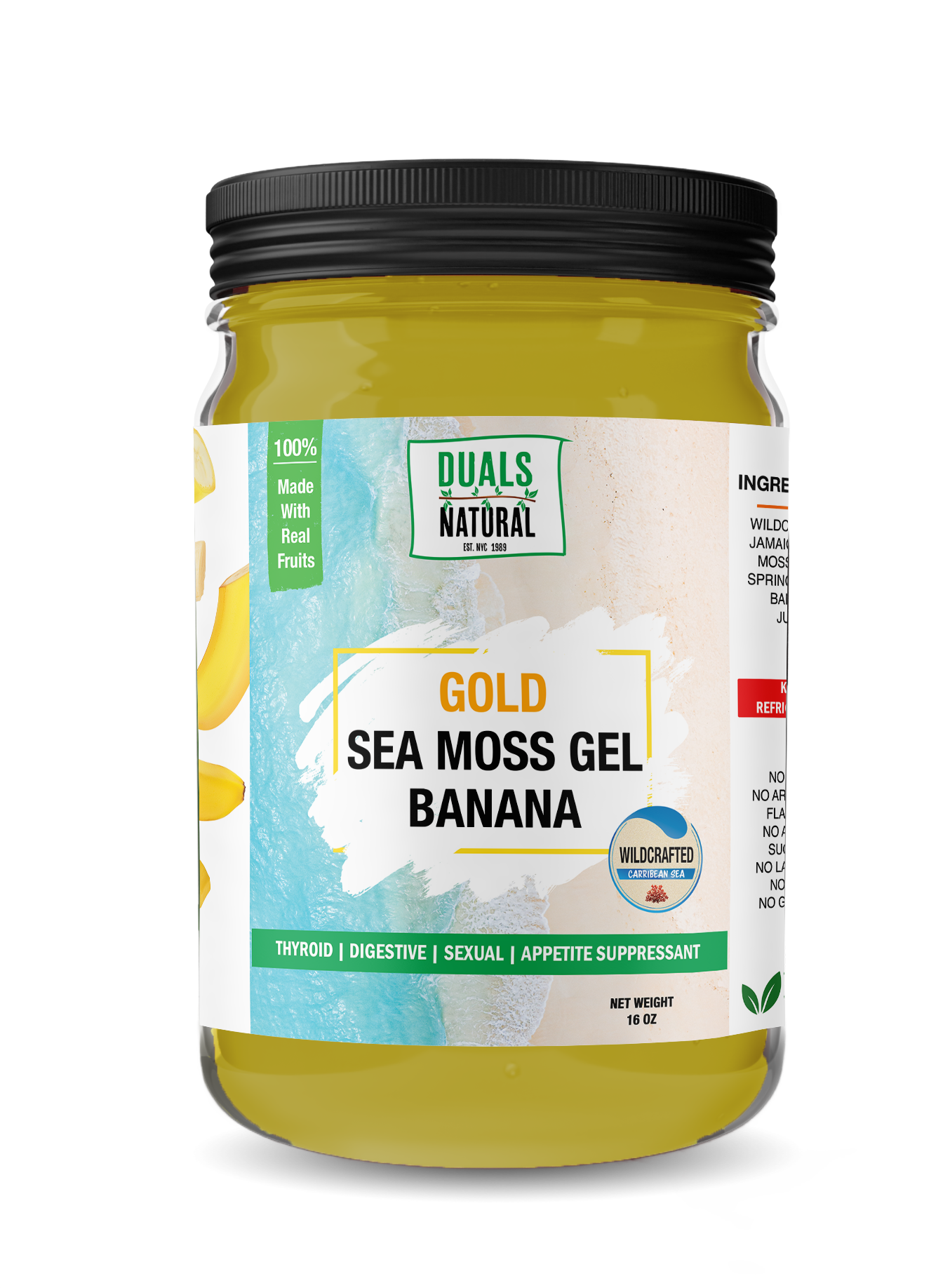
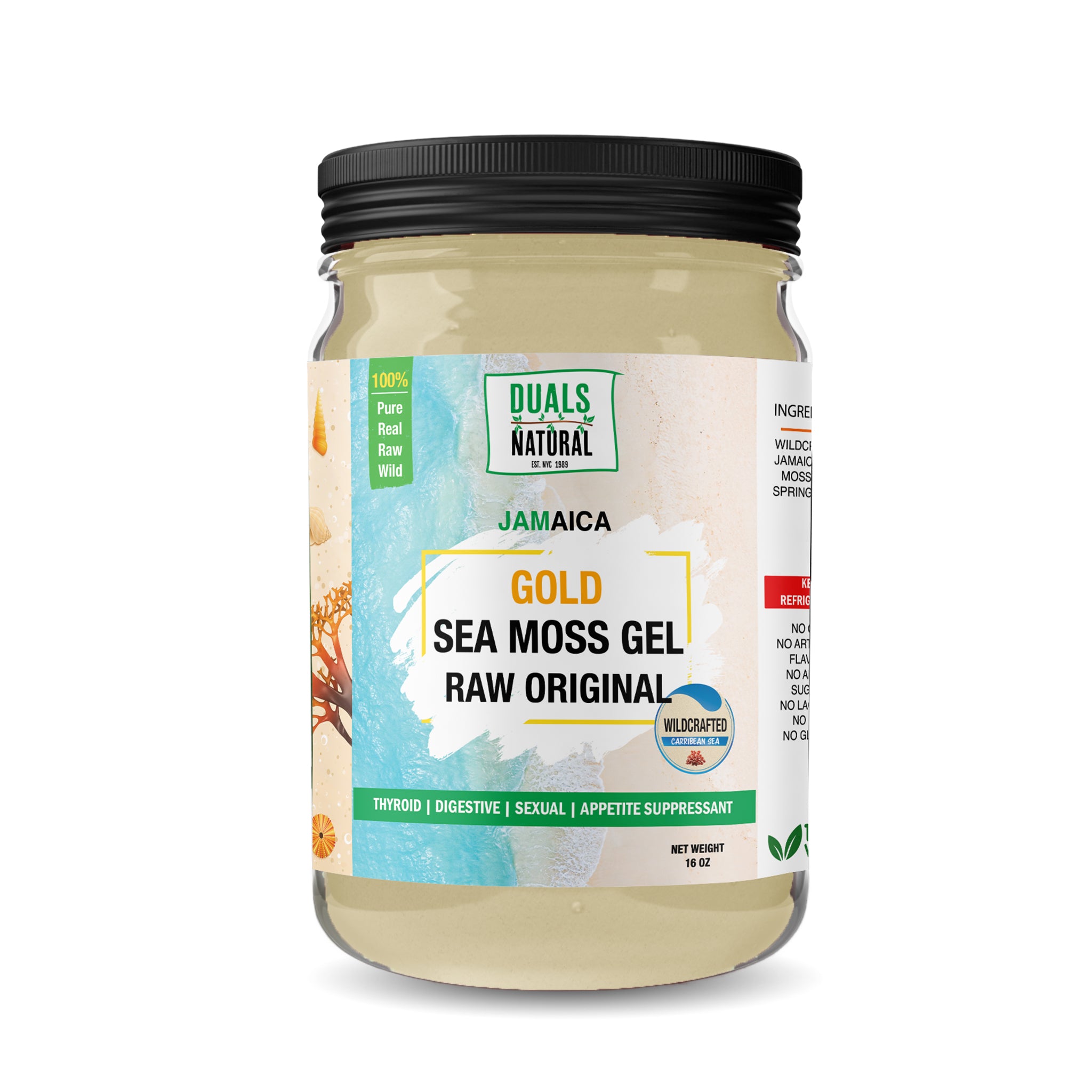 $30.00
$30.00100% Pure Raw Wildcrafted Sea Moss PER 50 GRAMS OF SEA MOSS Iodine 360 μg - Which is 240% of your Recommended Daily Intake Iron 4.45 mg - Whi...
View full details -
 $24.99
$24.99Profile: Thyroid | Digestive | Sexual | Appetite Suppressant - Iodine is one of the many minerals found abundantly in sea moss. By consuming sea m...
View full details -

 $9.99
$9.99Blue Lotus flower, also known as Egyptian Lotus or Sacred Lily of the Nile, has it's roots in ancient Egypt (and often linked to Cleopatra); wher...
View full details -
 from $4.50
from $4.50House Blend Garam Masala Traditional North Indian Spice Blend Garam masala, meaning "hot spice blend" in Hindi, is a cornerstone of North Indian ...
View full details -

 from $3.95
from $3.95Premium Egyptian dried Hibiscus sabdariffa flowers, prized for their vibrant crimson color and naturally tart flavor. These whole flower petals are...
View full details -
 from $5.95
from $5.95Premium organic Ashwagandha (Withania somnifera) root powder, meticulously sourced from India and traditionally used in Ayurvedic medicine. This po...
View full details -
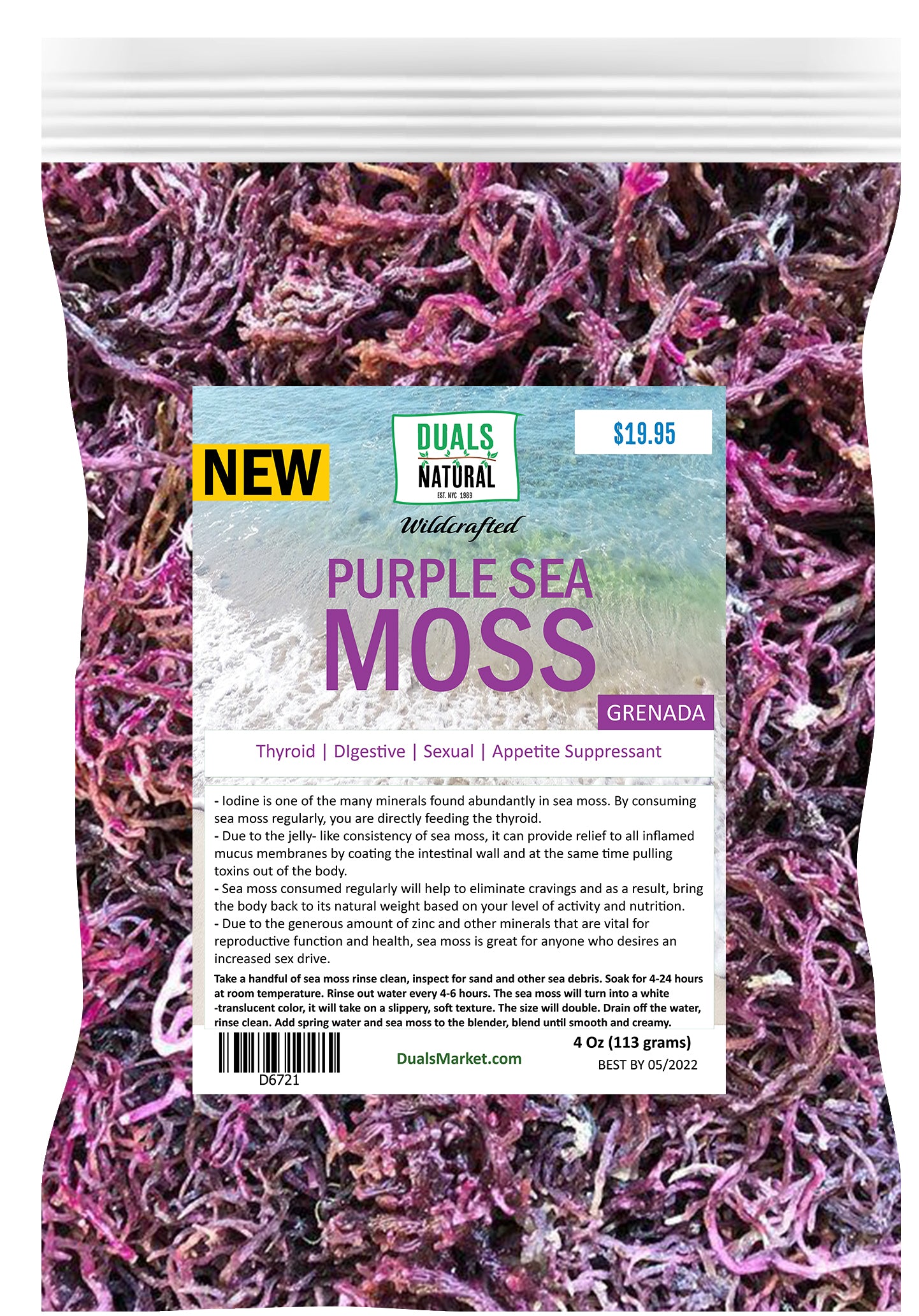
 from $19.95
from $19.95Profile: Thyroid | Digestive | Sexual | Appetite Suppressant - Iodine is one of the many minerals found abundantly in sea moss. By consuming sea mo...
View full details
